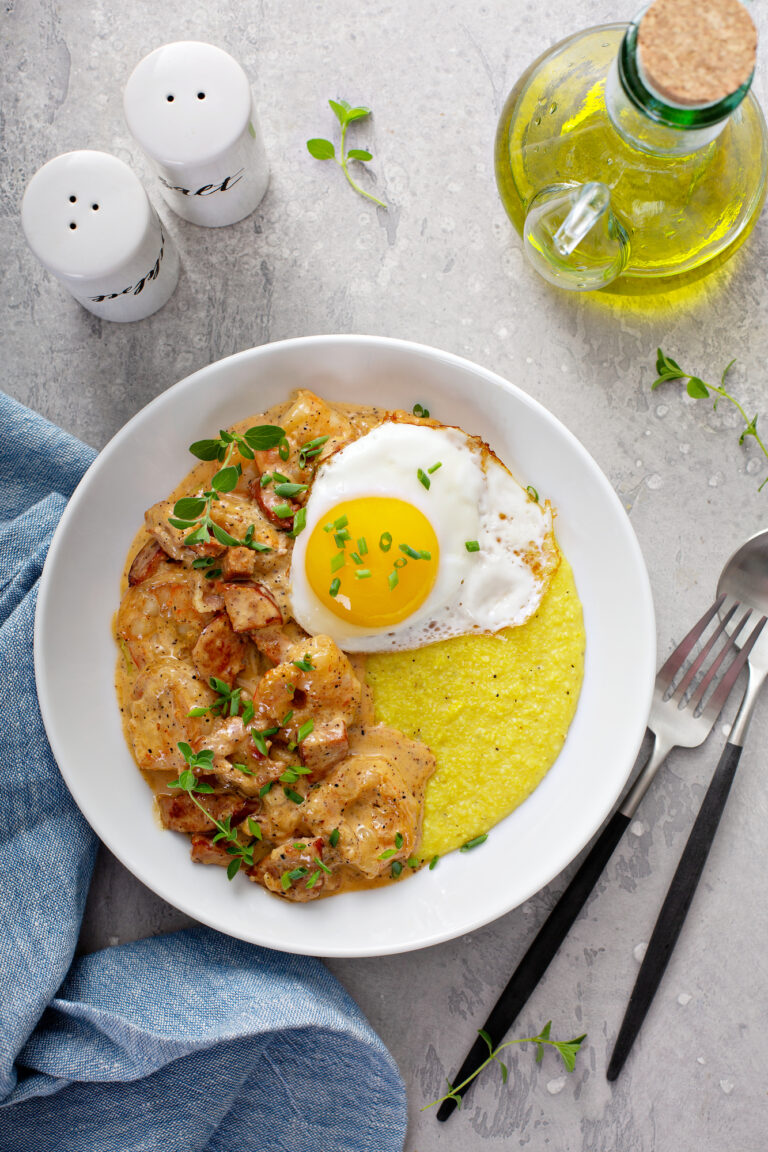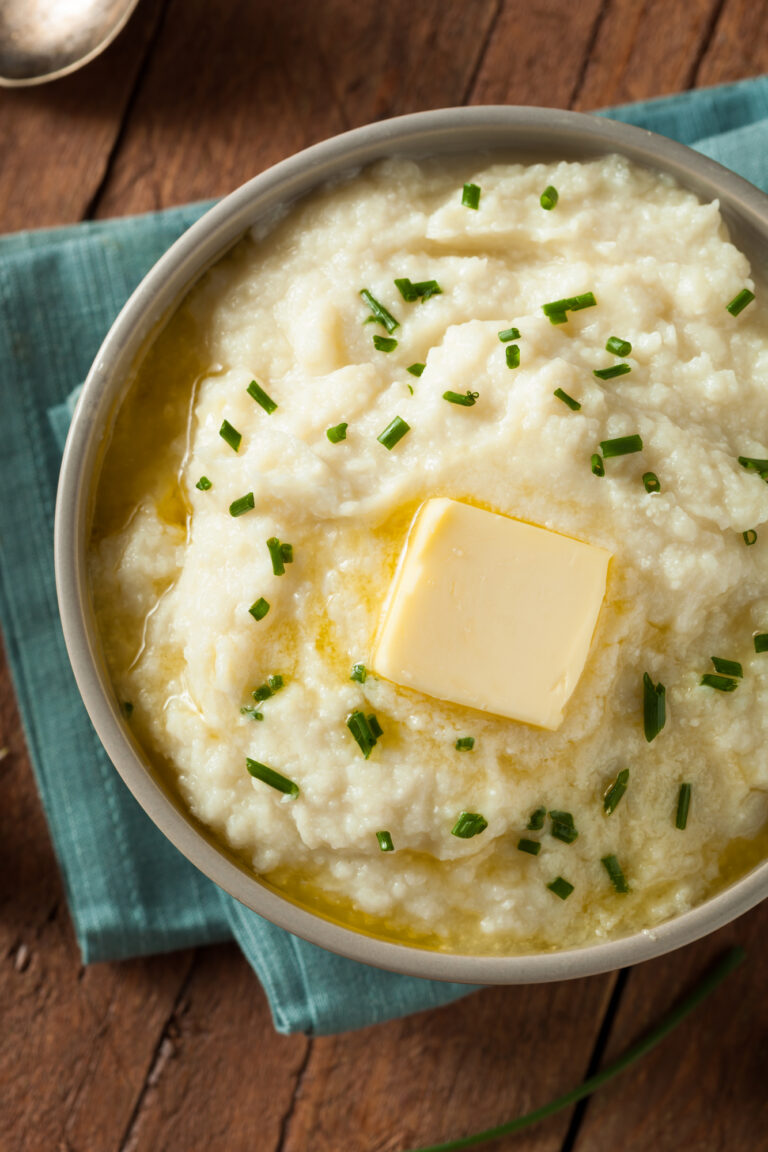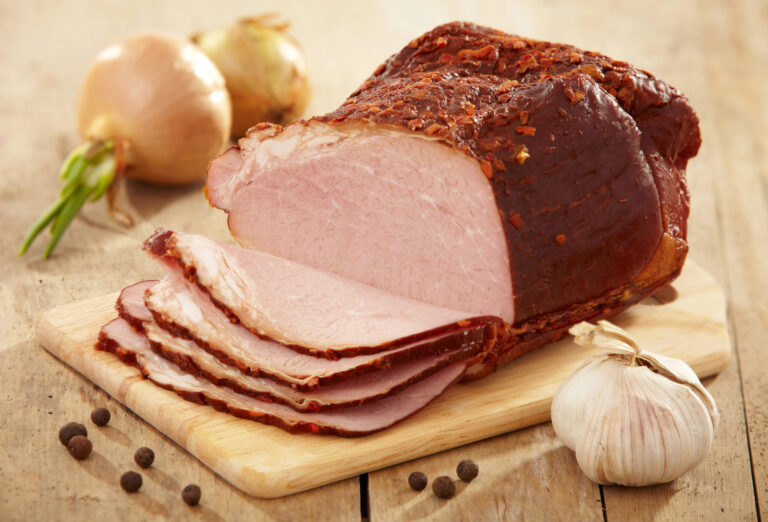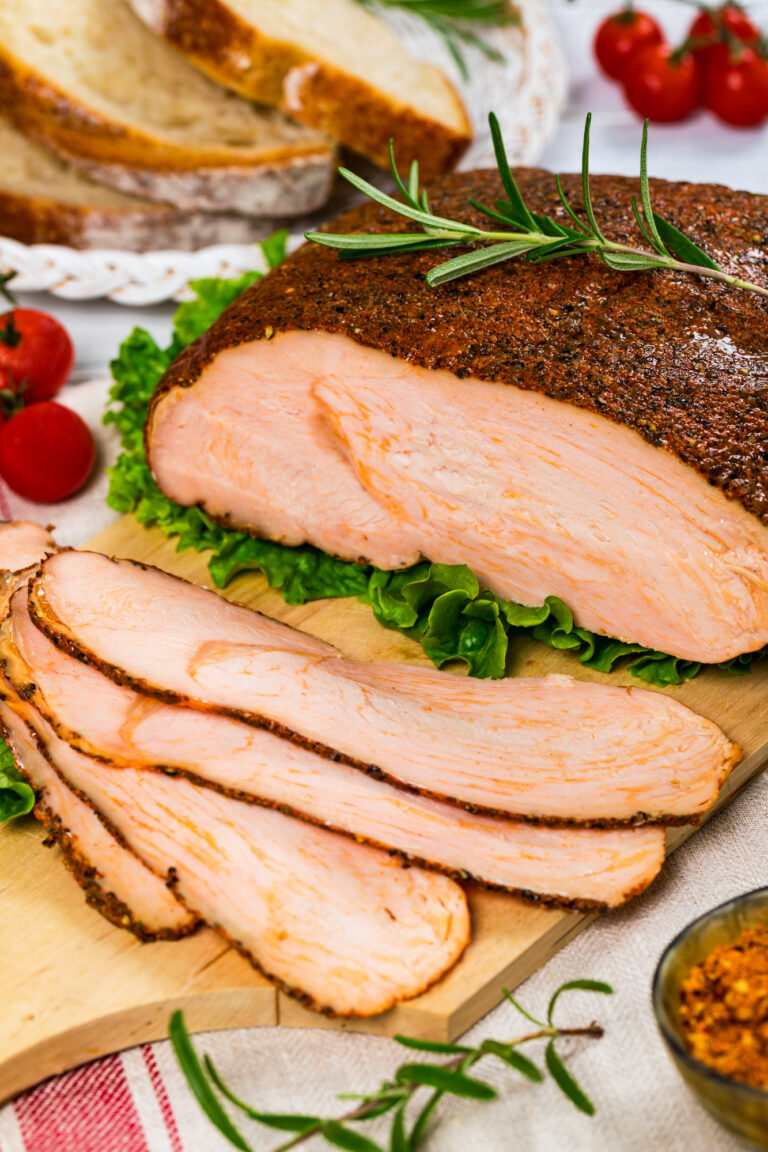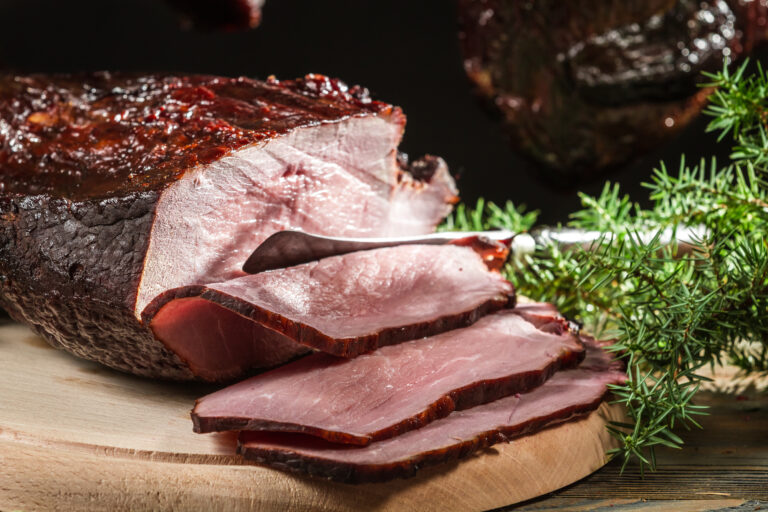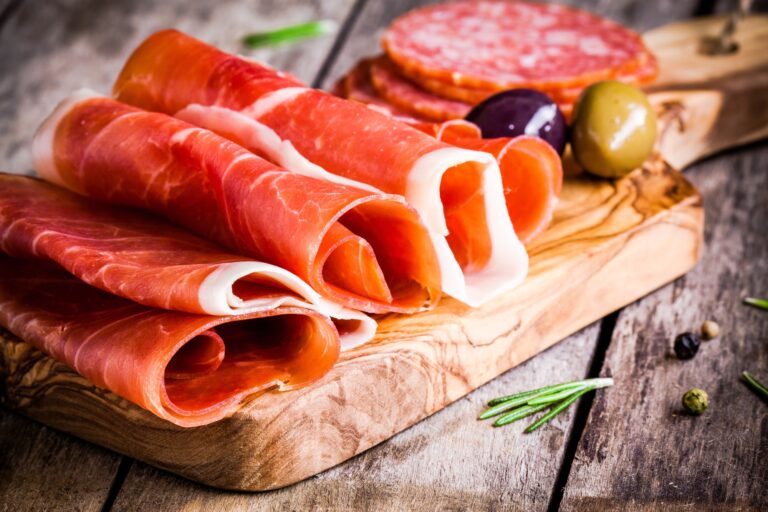Grits vs. Cornmeal
What is the difference between grits vs. cornmeal? Grits, coarser and made from starchy corn, are typically boiled into a porridge, while cornmeal is finer, used for baking and frying, and comes from various types of corn. The key differences lie in their texture and the way people use them to cook.
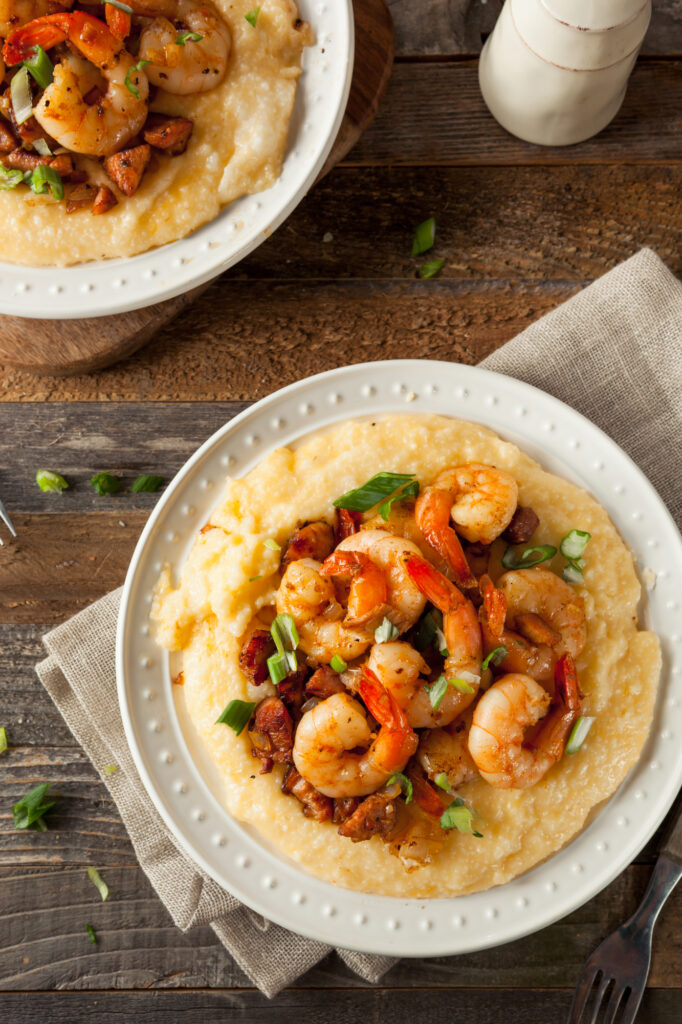
Understanding Grits and Cornmeal
Grits and cornmeal, both derived from various types of corn such as dent corn, flint corn, and field corn, have distinct characteristics despite their common origin. Grits, especially those made from hominy (corn treated with an alkaline solution), are often associated with Southern cuisine and are a staple food in many households. These can include white grits, yellow grits, and corn grits, with stone-ground grits being a premium variety often sought by culinary enthusiasts.
Hominy grits, a specific type of grits, are made from corn kernels that have been treated with an alkaline solution. This process alters the texture and flavor of the grits and increases their nutritional value by making niacin more available. In the Southern United States, grits are not just a side dish but a cultural icon, often served with a pat of butter, cheese, or shrimp.
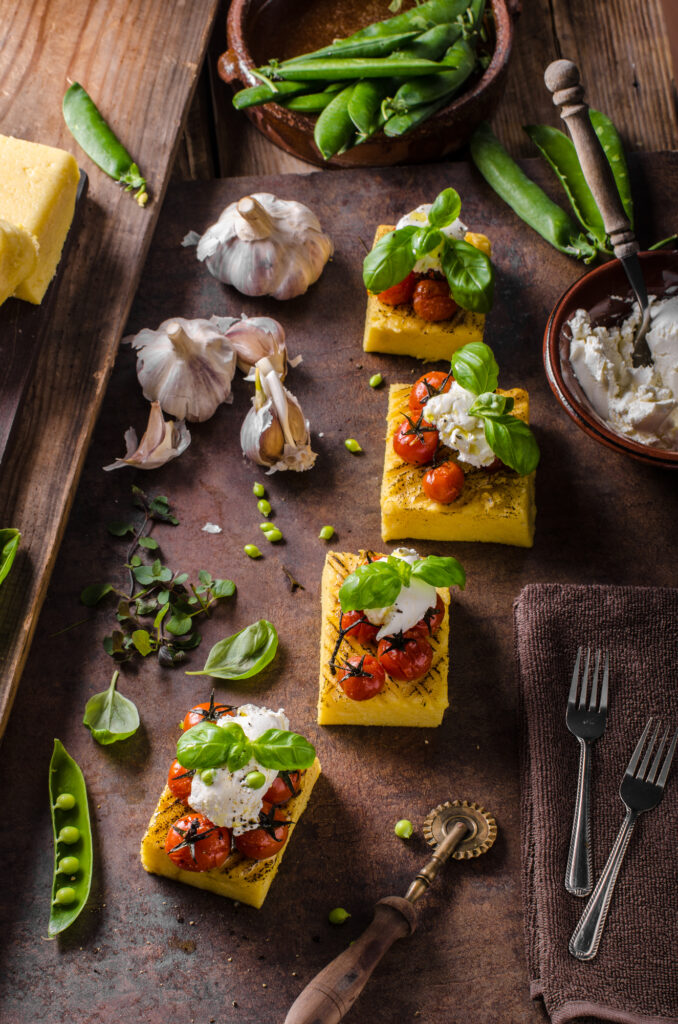
Cornmeal Varieties and Uses
Cornmeal, available as coarse-ground cornmeal, medium-grind cornmeal, and fine cornmeal, is versatile and used in many recipes. It’s a main ingredient in dishes ranging from traditional Italian polenta, a staple in Northern Italy, to corn muffins and corn tortillas. Cornmeal’s texture can vary from a fine grind, suitable for delicate baking, to a coarse grind, ideal for creating a crunchy texture in recipes like cornbread or as a breading.
Yellow cornmeal and white cornmeal offer choices in color and flavor, with products like Bob’s Red Mill and Anson Mills providing a range of options for consumers.
The fine grind of cornmeal, often labeled as corn flour, is ideal for delicate baked goods with a finer texture, such as in fine cornmeal cakes or pastries. Medium-grind cornmeal strikes a balance and is often used in making corn muffins, offering a texture that is not coarse or fine.
Quick-Cooking Varieties
Instant grits and quick-cooking polenta have made these traditional dishes more accessible for weeknight dinners, preserving the creamy texture and rich flavors in a fraction of the time. For a more authentic experience, traditional polenta and stone-ground grits, which require a longer cooking process, are preferred by many chefs and home cooks.
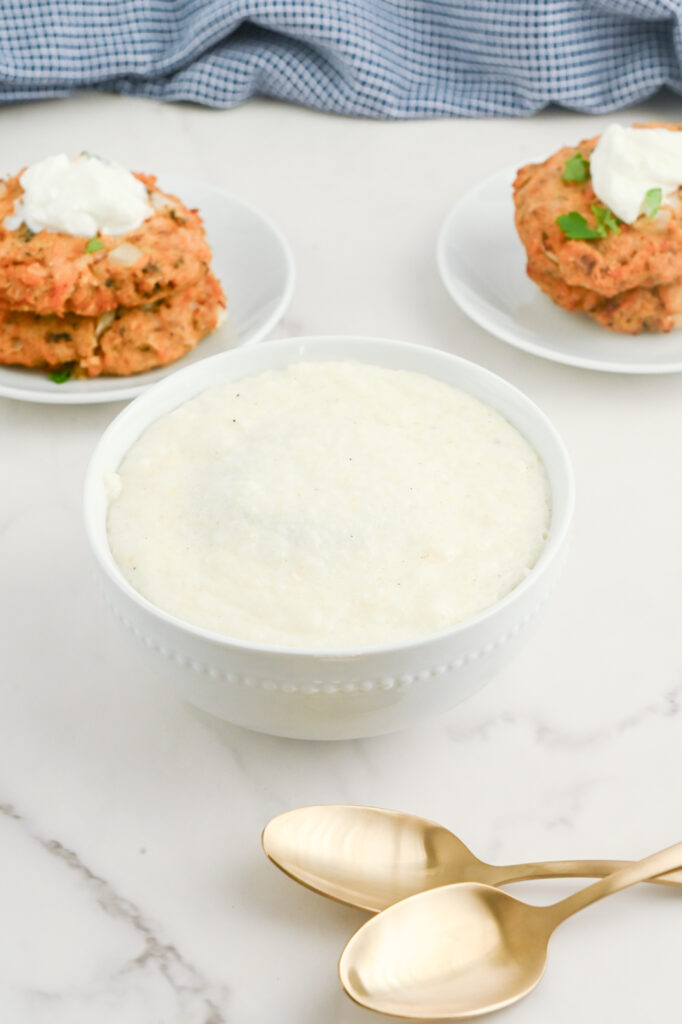
Quick-cooking grits and instant polenta are processed to reduce the cooking time significantly. While they offer convenience, some purists argue that they lack both the depth of flavor and texture found in traditional, slowly simmered versions.
Related Corn Products
Corn products like masa harina, used in making corn tortillas, and corn flour are closely related to cornmeal but have distinct uses and textures. Masa harina, for example, is made from corn that has been nixtamalized (treated with an alkaline solution) and then ground, giving it a unique flavor and texture ideal for making authentic Mexican dishes like tortillas and tamales.
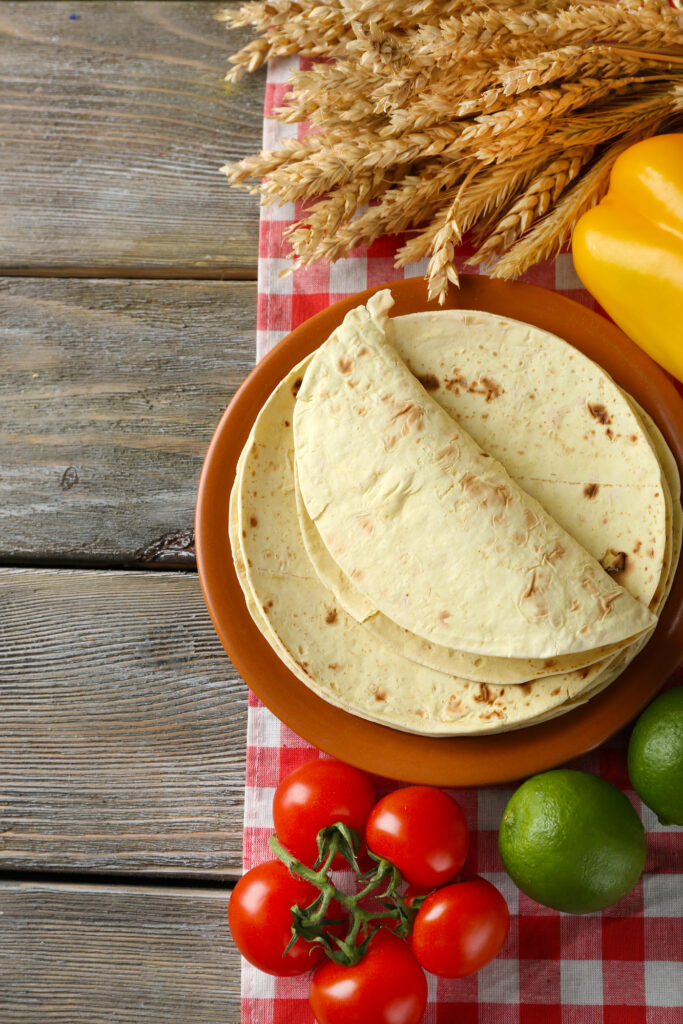
Sweet and Savory Uses
The use of cornmeal and grits isn’t limited to savory dishes. Sweet corn varieties can be used in baking, adding a unique flavor and texture to goods like corn muffins and pancakes. They can also be combined with ingredients like wheat flour or alternative flours like chickpea flour or chestnut flour for varied creations.
Sweet dishes utilizing cornmeal, such as cornmeal-based desserts or sweetened cornbread, showcase the ingredient’s versatility. In Southern cuisine, cornmeal is often used to create a sweet and savory balance in dishes, pairing well with ingredients like honey or maple syrup.
Nutritional Value and Gluten-Free Options
In terms of nutritional value, cornmeal and grits are gluten-free options, suitable for those with gluten sensitivities or celiac disease. The whole kernel of corn, rich in nutrients, is often used in making these ground corn products. However, some processing methods, like steel rollers, may remove the oil-rich germ and other parts of the kernel.
These corn-based products are gluten-free and rich in carbohydrates, providing energy. They also contain essential vitamins and minerals, making them nutritious for any diet.
Textural Differences and Cooking Methods
The main difference between these corn-based products is their texture and cooking methods. Grits, particularly creamy grits, have a coarse texture and require slow cooking to achieve their signature creamy porridge-like consistency. Cheesy grits or cheesy polenta are popular variations, combining the creamy texture of the base with the rich flavor of cheddar cheese or other varieties.
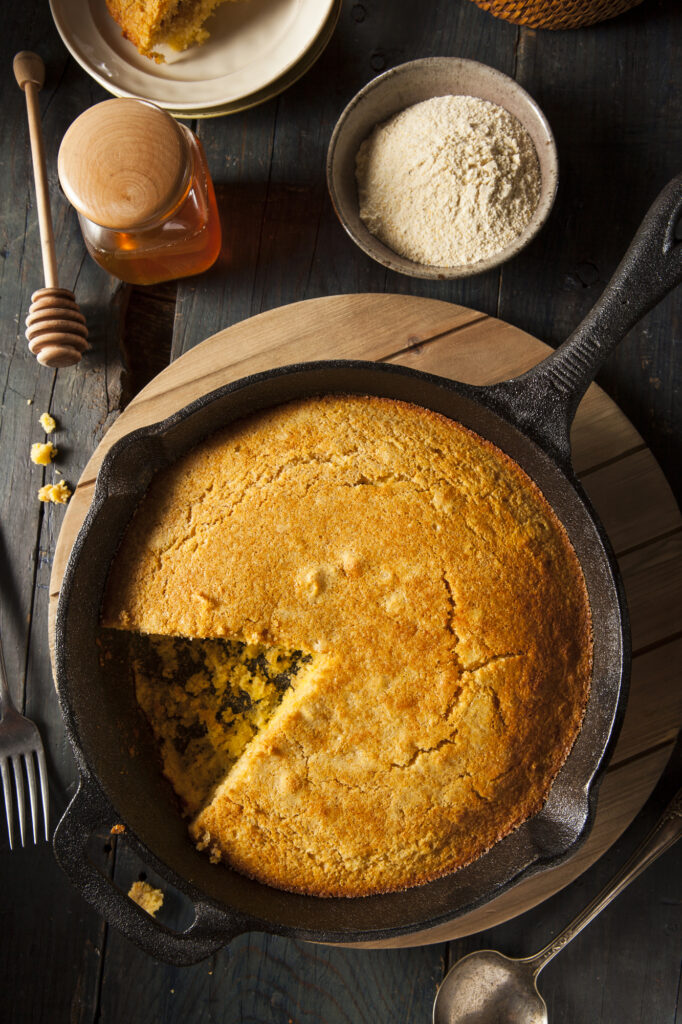
Versatility of Cornmeal
On the other hand, cornmeal’s versatility is showcased in its ability to be a key ingredient in both sweet and savory dishes, ranging from traditional Italian polenta to classic Southern cornbread. The size of the grind, which goes from coarse to fine, influences the texture and suitability for various recipes, from a robust polenta to a soft and tender cornbread.
Grab the recipe for moist Jiffy cornbread from Back To My Southern Roots.
The coarser varieties of cornmeal, like coarse-ground cornmeal and coarse flour, are ideal for recipes that require a bit of texture, such as in rustic-style cornbread or in the coating of fried foods. This coarser grind adds a pleasant crunch and heartiness to the finished dish.
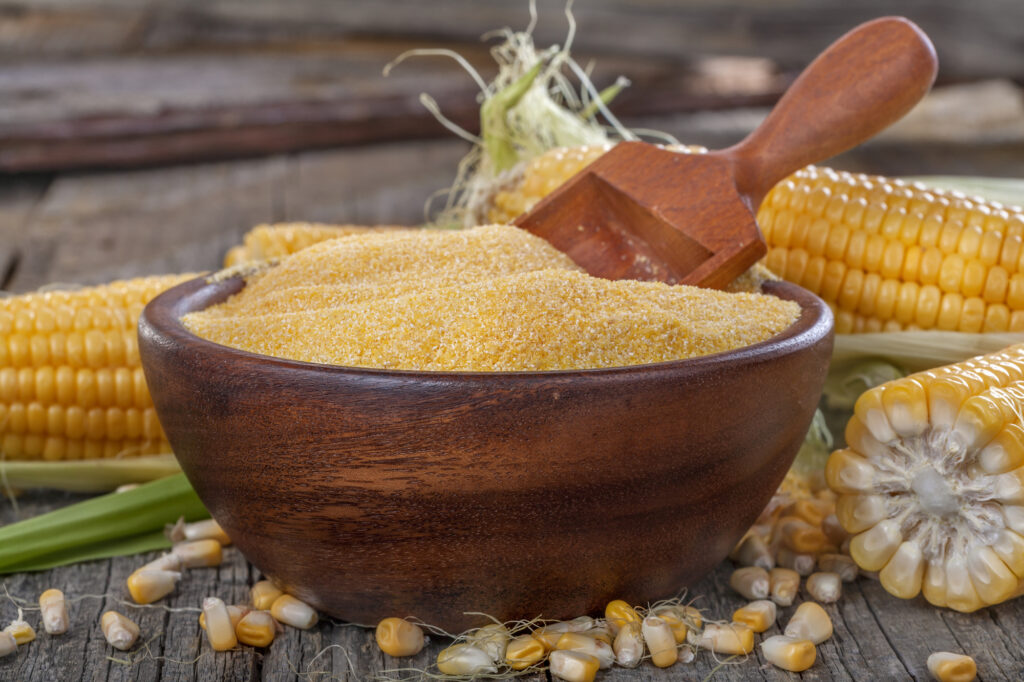
In summary, understanding the nuances of these staple foods of the American South and beyond, from the different types of corn used to the specific grind sizes, allows for a more informed approach to cooking and baking.
Whether you’re reaching for a bag of grits or cornmeal in the grocery store’s baking aisle, these ingredients offer a world of culinary possibilities, adaptable to a wide range of dishes and flavors. The cultural significance of these ingredients cannot be understated, as they represent centuries of culinary tradition and innovation, from the Native Americans to modern chefs.
